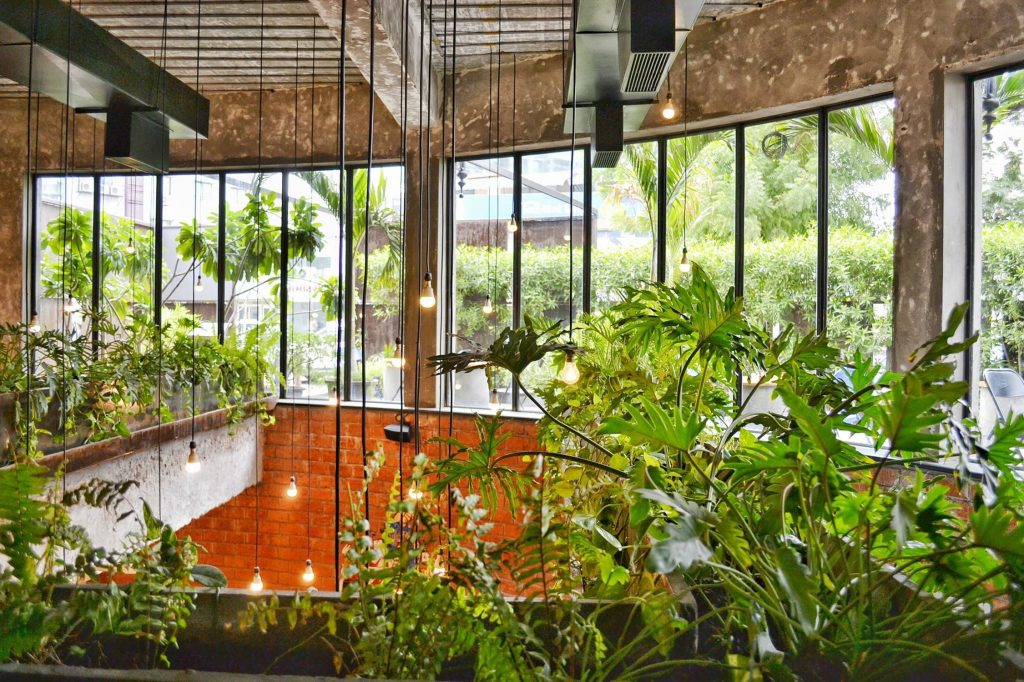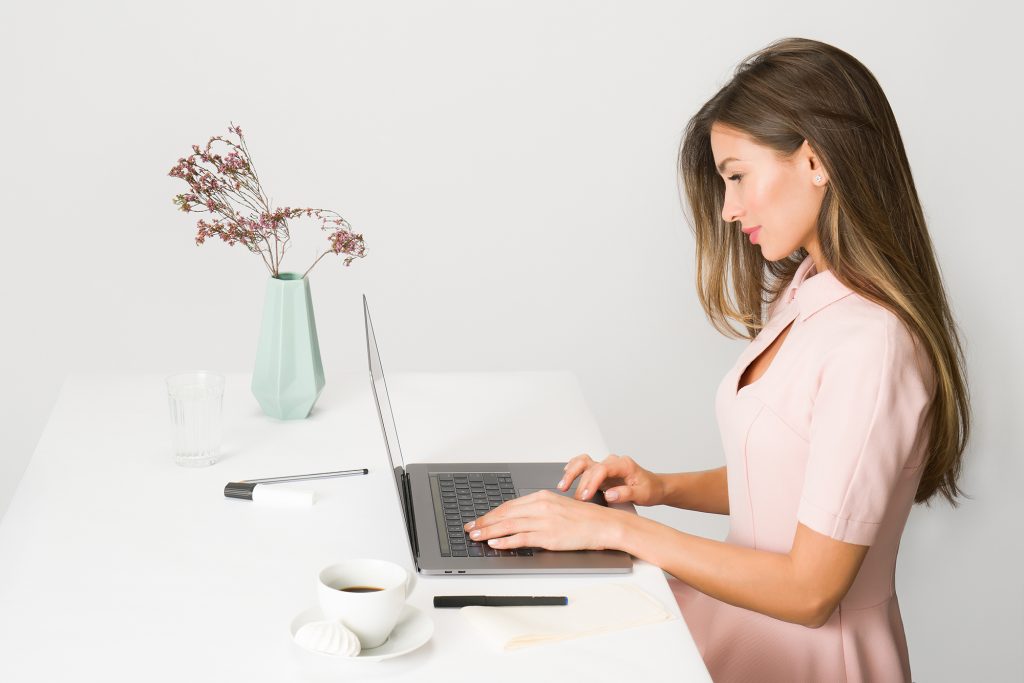Biophilia is a very simple concept that humans feel and perform best when they’re linked to nature. Throughout the past several decades, the effects of biophilia on mood, productivity, and health have been extensively documented, and the advantages are hard to dismiss. The biophilic design has been demonstrated to increase productivity, reduce stress, lower blood pressure, and also facilitate collaboration and social interaction.
Consequently, designers and architects have found that when they do their work using biophilia as their guide, the end result is better built environments. In all types of spaces, from corporate offices to neighborhood restaurants, the ramifications of biophilic design are powerful. Experts agree that biophilia is an impactful means to attain smart business layout, and this work across industries too. A storytelling hotel would benefit from biophilia as, say, a restaurant. In other words, people positively respond, mentally, physically, and socially, in biophilic surroundings.
Many designers have also turned to biophilia to reinvigorate offices by incorporating some organic components into a sterile space. The idea here would be to rethink existing tech-centric spaces and naturally incorporate biophilic components. Rather than allowing technology to completely consume a room, designers are redesigning with biophilia in mind and anchoring the present technology centric design in a more natural manner.
The UK Green Building Council’s office is an excellent example of this hybrid approach to style. Designed by Morgan Lovell, the office’s most important area boasts a beautiful living wall comprised of over 1,500 plants. In addition to the living wall, there are lots of plants mounted round the room, and there’s ample all-natural light. While the distance hosts a computer lab full of technology, the extra wellness features result in a more welcoming lab.
This accommodation in Hobart waterfront is a good example of a space which uses wood to add a natural, warm design component. The interior of the hotel is a combination of modern design and biophilic components. Granite countertops, steel, and glass are nicely paired with plenty of natural light, walnut furniture, and reclaimed wood paneling to anchor the area in the surrounding world. This particular office feels well designed and contemporary, but it ultimately has that grounded nature that is appreciated by the people who work there.
Timber is an important part of biophilic interior design. Reclaimed timber, in particular, is an excellent green construction material, and in many ways, it contributes to greater occupant health. Designing with organic materials such as wood can quickly transform an unnatural, sterile space into an oasis.
Jet.com’s Hoboken workplace is another example of how biophilic design can mesh perfectly with technologies. Reclaimed Lost Coast Redwood paneling adds a natural touch with its worn, weathered barn wood personality. The timber nicely complements the vivid colors of these furnishings, but most importantly, it places nature in the core of the space.
How Designers Are Merging Nature and Technology
As in the case of interior design in a healthcare institution, evidence-based design and studies have shown that the element of nature has positive consequences on health and wellness. Within our technology-centric indoor workplaces, a”glimpse outside” provides a sense of calm and balance. And in transitional settings of all types, visual ties to the natural world help blur the lines between indoors and out.
As architects and designers look for ways to bring the outside in, including scenes of nature in a laminated architectural glass is now a popular strategy, as a result of the material’s ability to balance a broad assortment of pragmatic and creative standards. Using photography as the visual element is especially on the rise.
The Challenge
Readily available photography of a suitable size and resolution for use in large-scale architectural glass applications is lacking. This is a shame because an oversized photograph of nature could very well be the solution for a particular interior design style. Stock photography is often too small to attain a high-definition result. And custom or commissioned photography can be costly and time-consuming to research, produce, and get.

The Opportunity
As a manufacturer of architectural glass, some companies have found several interrelated opportunities: Build our Biophilia collection of large-scale photographs that would serve as interlayers to our Spectra laminated glass. Create these pictures with adequate dimensions, scale and resolution to provide architects the imaginative flexibility, and ease of use they have been seeking.
Zoom Image Library
The Zoom Picture Library includes a growing collection of a and abstract scenes, from sweeping panoramic vistas to intriguing close-ups of character. Zoom images are large-scale, super-high-resolution photos that function as interlayers for our Spectra laminated glass. These high-res photos will be great if you hung them on the walls of your luxury accommodation in Tasmania.
Because of their size and scale, Zoom Images afford enormous customization possible. Designers may select areas within a full-size photo, use a picture at its literal scale, or zoom out and in to detect art within the bigger picture.
For example: a Zoom photograph of 139 inches by 124 inches at 300 dpi (or 277 inches by 249 inches in 150 dpi) is significantly larger than most stock photos, which often tops out at approximately 24 inches by 36 inches at 300 dpi. Consider both for a series of 32 inches by 68 inches wall panels, and you get a sense of the possibility of Zoom images.
Zoom Digital Darkroom
Being partly an interactive design studio and partly a curated photo library, the feature Zoom Digital Darkroom gives graphic or interior designers the access to the Zoom Picture Library which also provides them the design tools for their creative undertakings.
As comprehensive as it is intuitive, this program allows users to explore thoughts, save and download their job, manage projects, and ask budget pricing–everything from inside the app. There’s no need for outside photographers or different programs like Photoshop. Together with the Zoom Digital Darkroom, users can simply focus on the creative process.
Collectively, Forms+Surfaces’ Zoom Image Library, Zoom Digital Darkroom, and ViviGraphix Spectra glass offer exciting new ways to transform people with stunning high-resolution photography of earth around us.
Other Cases
Other examples include the use of organic materials on the plan. The Saffire Freycinet hotel is another example of how biophilic design can mesh perfectly with technology. Reclaimed Lost Coast Redwood paneling adds a natural touch with its worn, weathered barn wood personality. The timber well complements the vibrant colors of the furnishings, but most importantly, it puts nature at the heart of the space.




